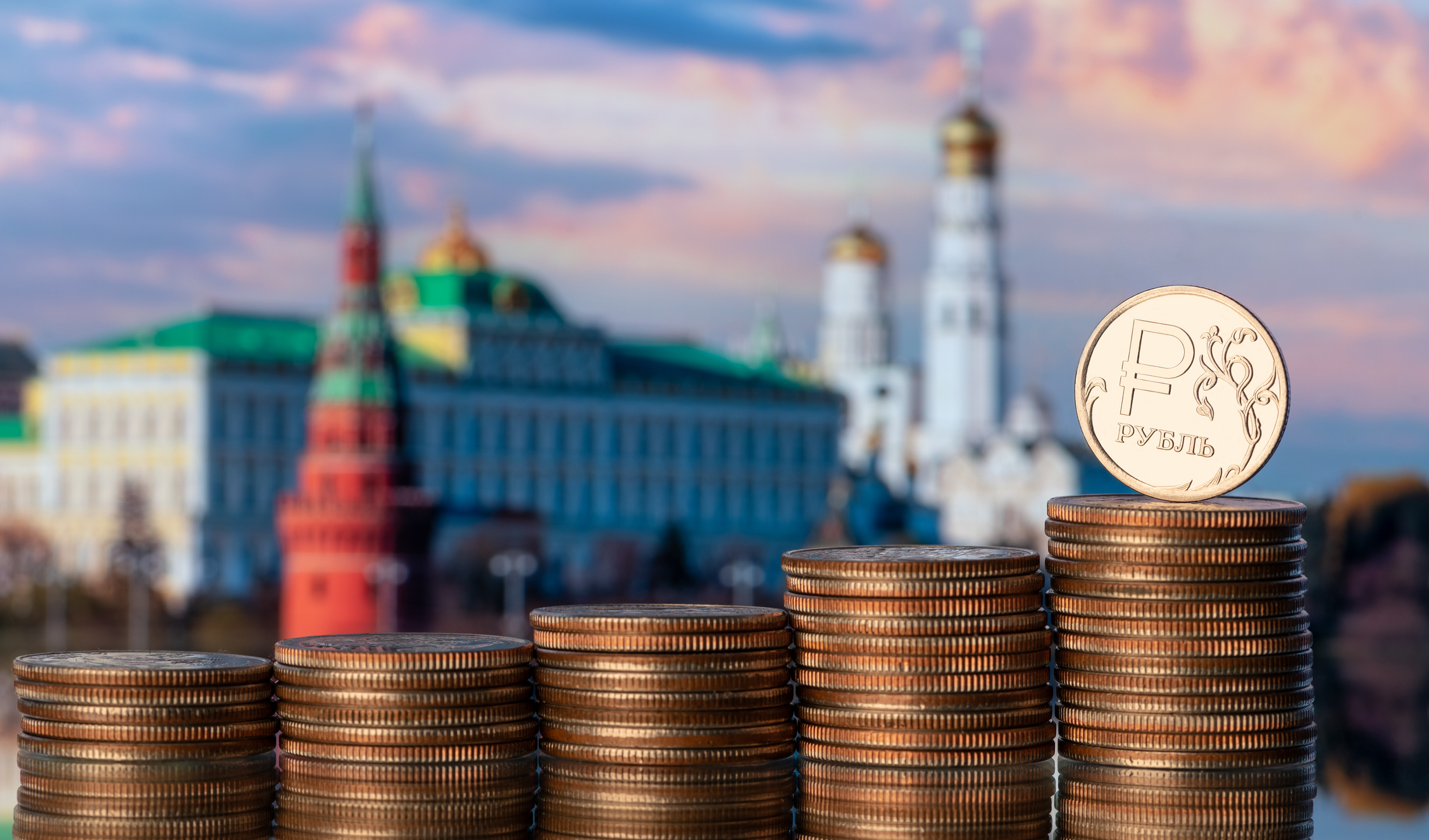Russian wine imports from EU hit 20-year low
The latest data on wine imports into Russia paints a complex and fluid picture. Eugene Gerden crunches the numbers.

Russia reduced its wine imports from the European Union to a 20-year low, as only 126,000 tonnes have been imported since the beginning of the year, according to calculations by the Russian newswire RIA Novosti, based on Eurostat data.
For the most recent reporting period, imports dropped by 25% year-on-year and became the lowest figure since 2004, when Russian companies imported only 87,000 tonnes of European wine.
The main supplier of wine this year was Italy. Its share of Russian imports doubled, hitting 39% which equated to 49,000 tonnes. Last year, total imports of Italian wine to Russia amounted to €158 million in value.
At the same time, last year’s leaders, Lithuania and Latvia, saw sales that were 2.7 times and 4.3 times lower respectively. Over eight months, only 18,000 tonnes of wine from Lithuania and 14,000 tonnes from Latvia were imported to Russia.
The top 5 EU suppliers of wine to the Russian market this year also include Poland, whose exports increased by a factor of 1.7, to 13,000 tonnes, as well as Portugal, whose sales jumped by a factor of 2.8, to 10,500 tonnes.
Global players
In general, wines from the EU region still account for the biggest share in the overall market of wine imports to Russia. Their share in 2023 amounted to 37%, compared to 31% in 2021 and 33% in 2022.
The largest wine importer from a non-EU region is Georgia, whose share in the overall import market is estimated to be around 20%.
Most analysts believe that, this year, the share of EU wines in the overall import figures will be significantly lower than 30%. At the same time the shares of wines from Latin America and South Africa are expected to grow.
Partner Content
Analysts highlighted that countries such as Argentina, Chile and South Africa have significant growth prospects. This is due to none of them facing raised duties.
South Africa was assessed to have the best prospects due to ever-growing supplies of primarily white and sparkling wines to Russia.
Last year, however, Chile was the leader in sales in Russia of these three countries. According to Luding Group, one of Russia’s leading wine distributors, 16.6 million liters of wine from Chile were imported to Russia last year, which is 10% more than in 2022. Deliveries from South Africa and Argentina were approximately equal.
Sanction and tariff wars
On 15 March 2022, EU countries banned the supply of wines to Russia that cost more than 300 euros per bottle. “This, however, did not have a serious impact on the market, where the share of such wine was about 1%,” according to Leonid Rafailov, CEO of AST, another leading Russian importer and distributor of alcoholic drinks.
In fact, in 2023, Russia imported 320 million liters of still and fortified wine, which is 4.4% more than in 2022, according to data from Luding Group.
The latest figures arrive against a complex geopolitical backdrop. Last year, the Russian government raised import duties on wines from its official list of ‘unfriendly countries’, which was introduced with two nations in 2021 and has since expanded to 49 states.
These import duties were raised from 12.5% to 20%, but not less than $1.50 per liter. The measure was initially in effect from 1 August until the end of 2023, and then was extended for the whole of 2024. In early August of this year, the government raised duties to 25%, but not less than $2 per liter.
Despite the complex web of sanctions and countermeasures, however, demand for alcohol is robust in Russia, which this year saw its average consumption rise.
Related news
Sales fall across major alcohol categories in Russia
Russia boosts beer exports by 25%
Russian vodka disappears from EU shelves as ban tightens across borders




